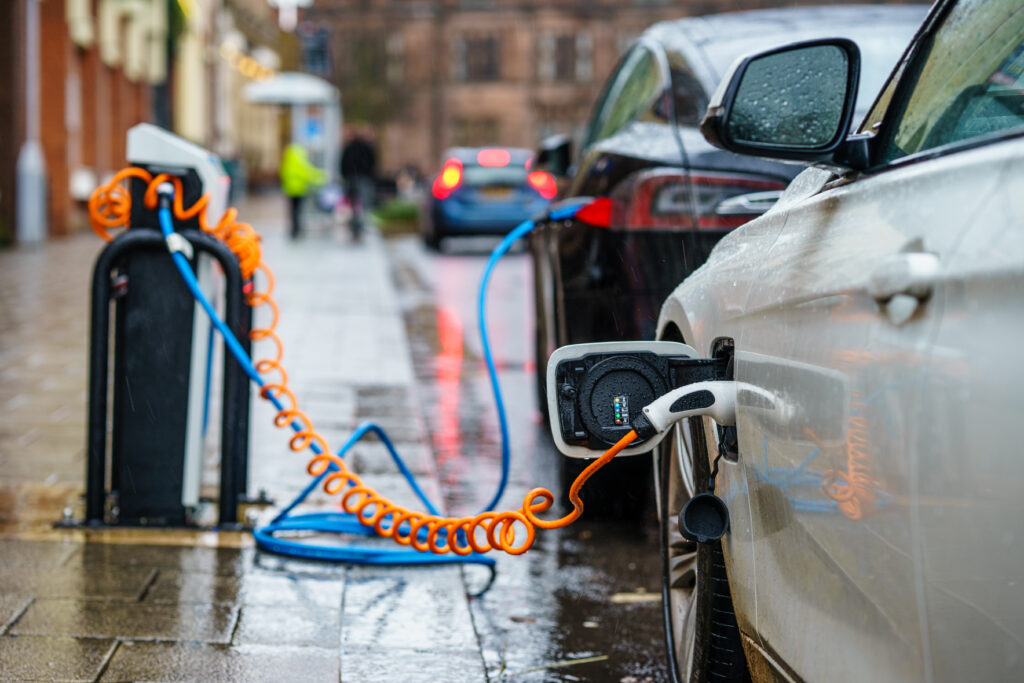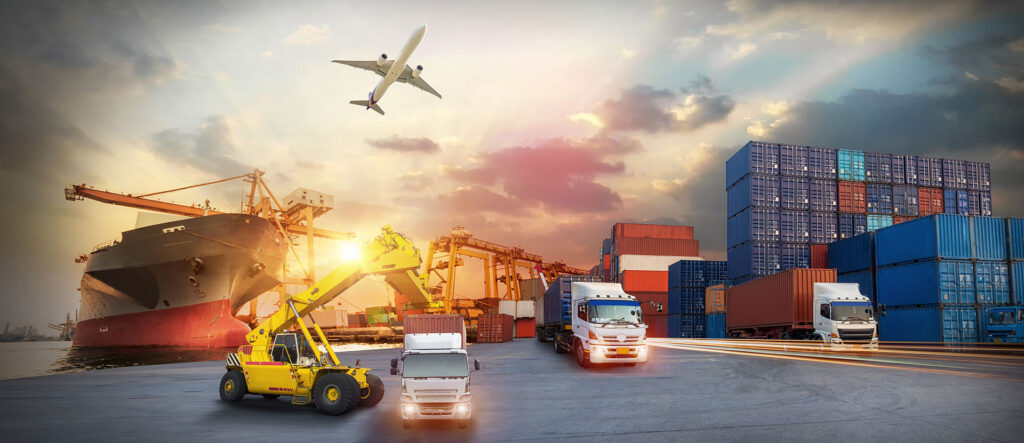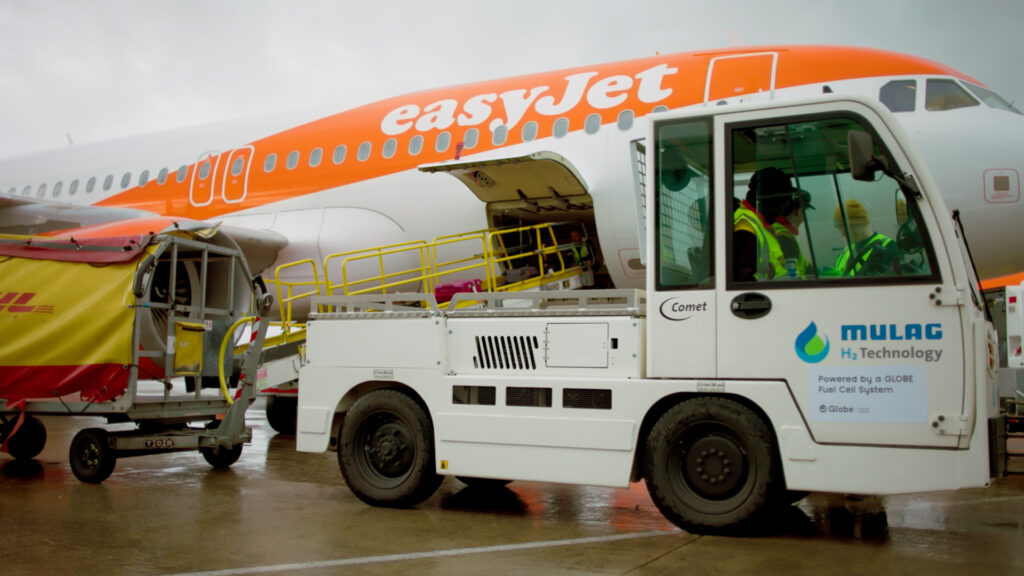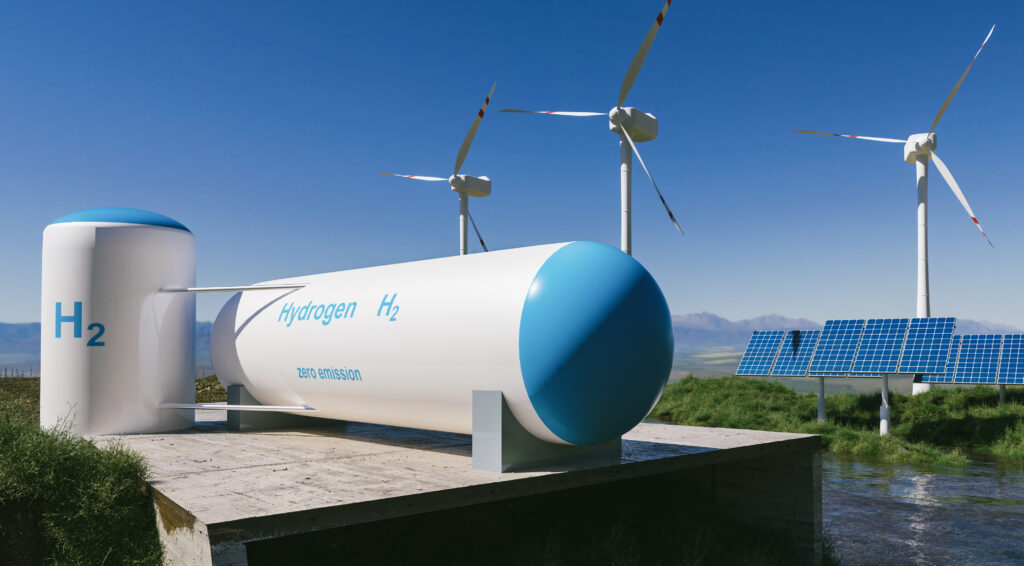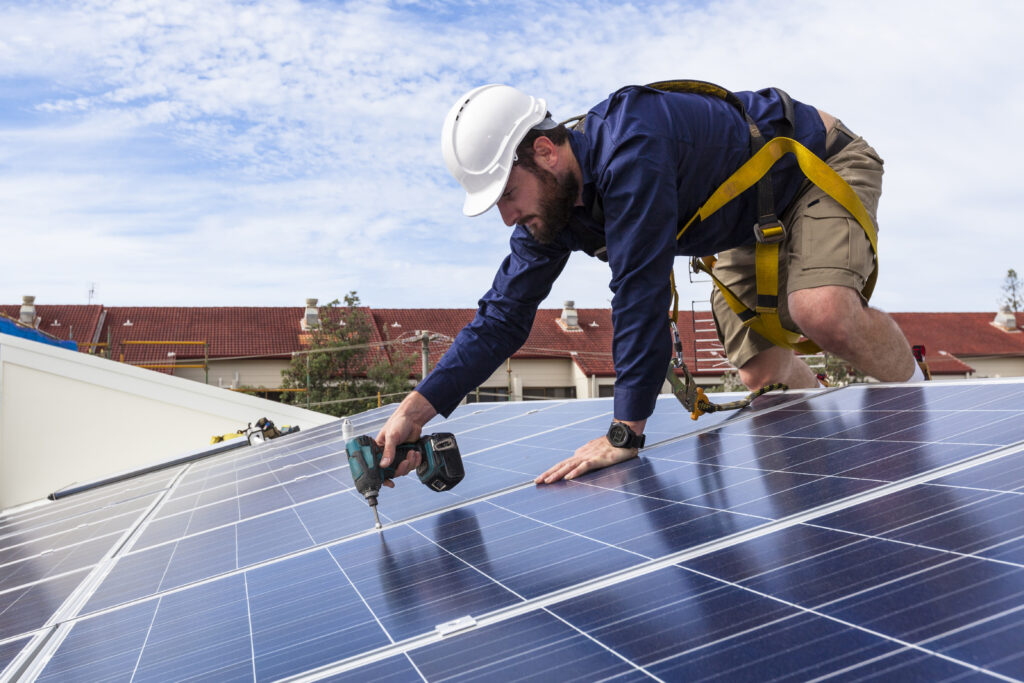All these activities require energy and potentially produce carbon emissions. What is being done to reduce those, and what more can be done?
Decarbonising the rail freight estate
Attention is on reducing the carbon emissions from the freight trains themselves, they are only a part of the journey. At some point goods pass through freight terminals, with all the associated loading, unloading and product movement within the rail freight estate.

The Government is committed to supporting a growing and decarbonising rail freight sector, and ultimately deliver a net zero transport system and railway by 2050, as set out in the Transport Decarbonisation Plan. The Rail Environment Policy Statement sets out a clear vision to achieve a cleaner, greener railway, fit for the future.
Industry is taking action too. The Rail Industry Decarbonisation Taskforce is already spearheading industry efforts to decarbonise, while Network Rail have their own Traction Decarbonisation Network Strategy looking at how to support the freight train operators to become zero-carbon emitters.
What happens in a rail freight terminal?
Freight can be carried in liquid and gas form in tanks, in bulk product form in open wagons, or within standard ISO containers. Liquid and gas are pumped in and out of the tanks, a process which is easily electrified. Bulk product can be hopper-fed from above and discharged from the bottom of specially designed rail wagons. Electric gantry cranes can be used for moving containers. However, in many instances loading and unloading is still done using non-road mobile machinery (NRMM), which is almost exclusively diesel powered.
Other forms of transport already have plans in place to phase out petrol and diesel. How can rail freight terminals achieve similar zero-carbon targets?
Electrification, Hydrogen or….?
Moving away from fossil fuels is something which the industry should be looking to achieve. Hopper-feeds and bottom discharge systems for bulk can be used, but this isn’t always either practical or economically viable. If some form of wheeled equipment will be needed for movement of goods and to support loading and unloading, how can this be done with zero-emissions?
Currently the contenders to achieve zero-emissions for transport and mobility are electrification and hydrogen, ideally in a fuel-cell application. Are these right for the rail freight terminals?
Assuming that the electricity is generated from renewable sources, it would be a zero-emission route for replacement of current diesel-powered equipment. But are there any drawbacks to electrification in this application?
All equipment found in the rail freight estate is used intensively, carries heavy loads, and is used on as continuous a cycle as possible. Maybe there are other technology or operational innovations which could support the electrification of these vehicles?
Hydrogen is another possible technology route. If used in a fuel cell application, the only tailpipe emissions are water vapour and air. Provided that the hydrogen is generated using renewable sources, this is a zero-carbon approach. Great, is this the solution then? In some ways yes, but it too is not without challenges. The production and distribution of hydrogen are recognised challenges, which the UK Government is already looking to address. It’s recently published ‘UK Hydrogen Strategy’ sets out the vision and plans to increase the supply of green hydrogen to meet the predicted demands in the coming years.
Innovation, Economics and Policy
The rail freight industry is motivated to decarbonise, but this needs to be done in a way which does not adversely affect their business economics.
Technology and innovation are clearly significant factors but investing in new technology or infrastructure is expensive, and companies would need to introduce new technology in a way which does not impact their immediate commercial advantage. As road hauliers are increasingly looking for ways to decarbonise their fleet, the rail freight sector needs to continue to innovate and look for ways to decarbonise.
How best should the industry be supported and encouraged to adopt technologies and approaches towards zero-carbon?
What have we missed?
The thoughts presented here on technologies to support an industry shift to zero-carbon operations have been based on an understanding of the current operating methods within the rail freight estate, and the likely technology options to achieve this. But maybe there is something we have missed, an innovation or an approach which could help the rail freight estate to achieve zero-carbon in the future?
If you have ideas, innovations, or business models which you think would help the rail freight estate to achieve zero-carbon, we’d really like to hear from you. Maybe you’re working on a technology which, with the right technical support, collaboration or economic support could deliver real change. Maybe you have a business model which will support the industry to adopt newer technology towards zero-carbon? Maybe there’s another angle which we’ve missed?
We’ve published a request for information on this topic, to help inform and guide both industry and government to work towards a zero-carbon future. We’d love to hear your ideas.




